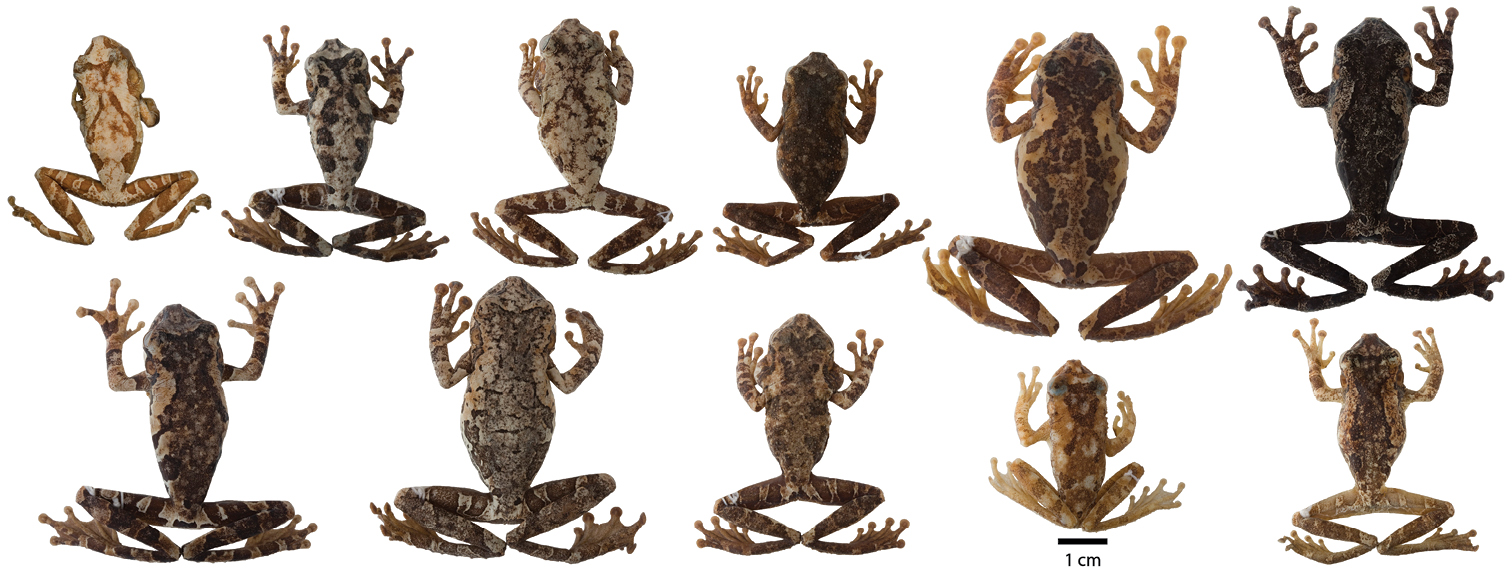Earth's history relative to human history is much more grand than I had first expected. On the timeline extending from one end of the classroom to the other, our little sliver of time is absolutely negligible.
However, despite this short period of time that humans have been on this planet, they have had massive effects. Ice caps are melting, many places are flooding, nature all around us is being destroyed and used instead for industry. At this rate, I feel that the human population will not be able to sustain itself for much longer until we choke ourselves to death.
One question I wonder about is why it took so long for humans to evolve, to come to be. So much of Earth's history involved only single-celled organisms, which seems a bit counterintuitive as multicellular organisms seem more likely to dominate.
Below I have attached a couple photos of the timeline:




